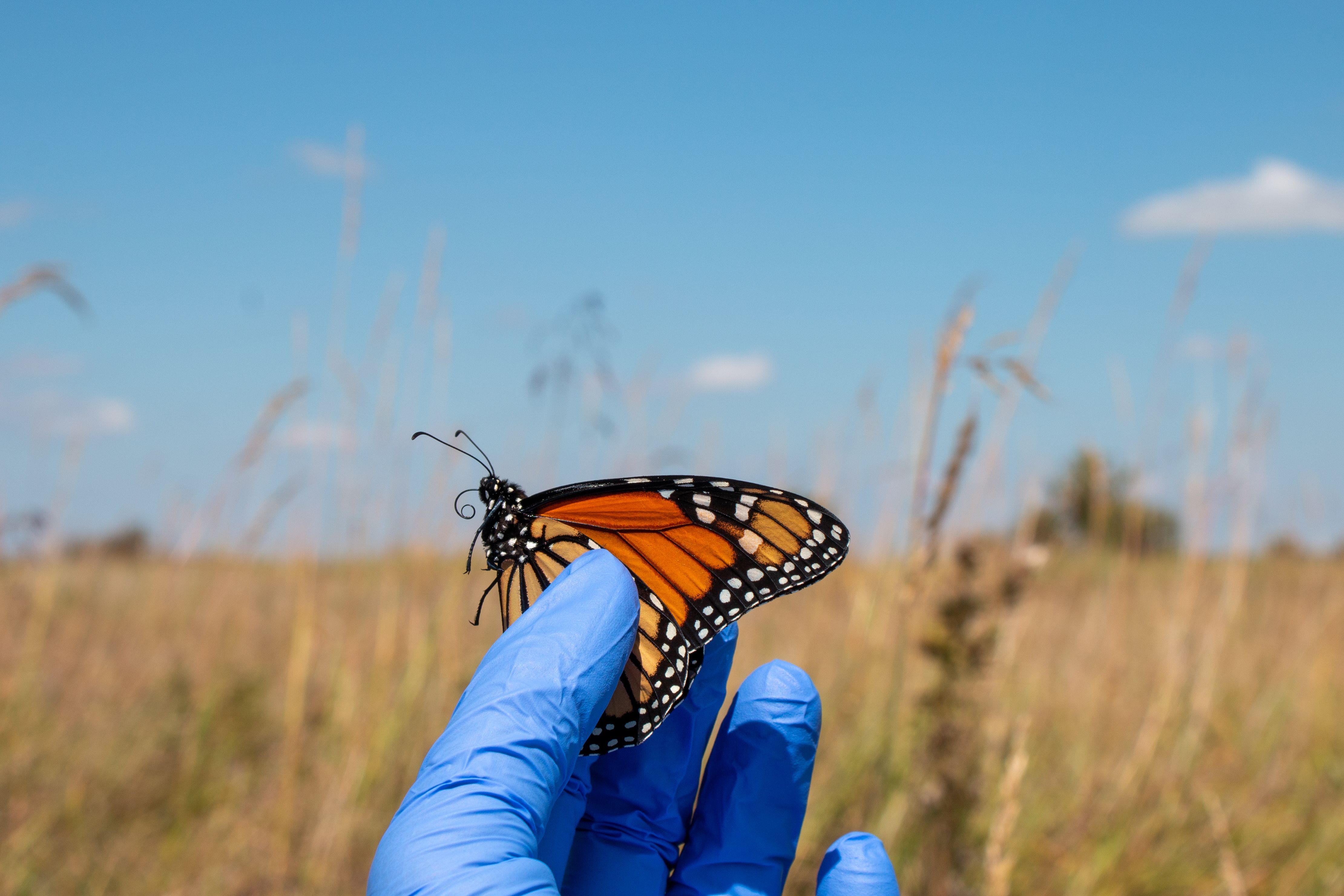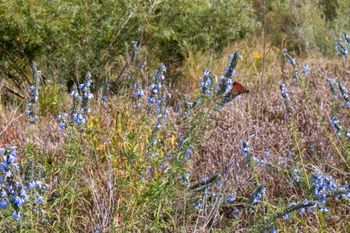
Hey, it’s Charlie, the Crane Trust Saunders Conservation Fellow with a fall project update!
With huge threats to the monarch butterfly (Danaus plexippus) looming, it’s a priority for the Crane Trust to monitor the migrating population that comes through the Central Platte River Valley. It’s critical to understand the biology and dynamics of the monarch in order to develop plans for their conservation.
In addition to summer surveys (counting and observing monarchs in various habitats) - we also do another important project in early fall! The technician crew at the Crane Trust has been working on a monarch health and tagging initiative to help gather long-term data on the monarch’s remarkable fall migration.
There is a massive citizen science project that has been in the works for 20 years in the United States and Mexico, involving conservation organizations and people in local communities to work on these tagging and health assessments.


I’m very excited we get to be involved in this globally meaningful project! We visit habitats that monarchs enjoy and use nets to capture them. For the tagging portion of the work, we carefully place a small sticker with a code on the wing of each monarch we catch. After tagging and filling out a corresponding data sheet, the information will be submitted with the date and location of release, habitat information, and sex of the butterfly. If they are surveyed and found elsewhere, the compiled database information can track their movement and population estimates - very cool!
And guess what? You can be a part of this! If you want to get involved in the program, whether as an individual or group, you can head to Monarch Watch Monarch Tagging Program to find information about receiving a tagging kit and instructions for submitting your data wherever you are. There is even the Monarch Watch Tagging App!
At the time of tagging, we also sample for harmful protozoan presence in the monarchs. A protozoan called Oe (Ophryocystis elektroscirrha) can physically damage the insect throughout its lifecycle from the time of growth in the larvae. It can lead to difficulty emerging from the chrysalis, damaged or crumpled wings, impaired mating, and reduction in flight ability.

To sample the Oe, we use a small clear sticker to carefully rub off a patch of scales from the butterfly's abdomen. The sticker is placed on a paper card to be assessed under a microscope later. If this fascinates you and you’d like to help on this project, you can be a part of it, too! Go to monarchparasites.org for more project details and to get a testing kit!
After these two tasks, the monarchs are released and hopefully will be found by helpers and organizations along their migration path. It’s been wonderful to be a part of this project and I am excited to check in on the continuously collected data! You can also learn more details about past year's tagging and parasite data!
Until next time!
Charlie

